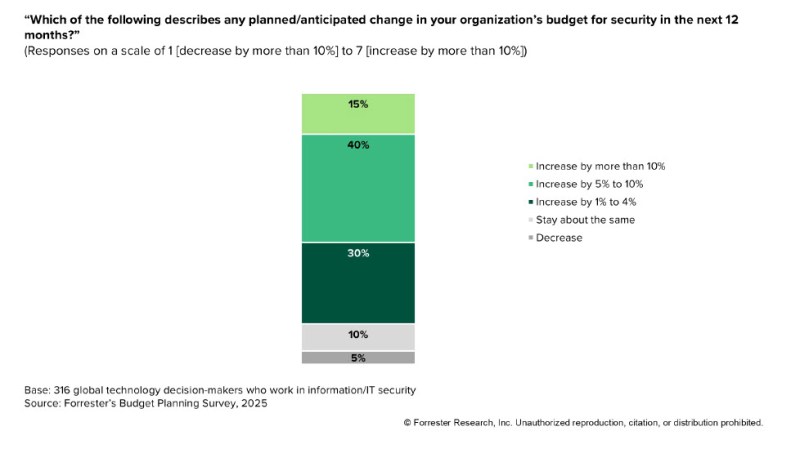
U.S. commercial crude oil inventories, excluding those in the Strategic Petroleum Reserve (SPR), increased by 4.6 million barrels from the week ending February 7 to the week ending February 14, the U.S. Energy Information Administration (EIA) highlighted in its latest weekly petroleum status report.
The EIA’s report, which was released on February 20 and included data for the week ending February 14, showed that crude oil stocks, not including the SPR, stood at 432.5 million barrels on February 14, 427.9 million barrels on February 7, and 443.0 million barrels on February 16, 2024. Crude oil in the SPR stood at 395.3 million barrels on February 14 and February 7, and 359.5 million barrels on February 16, 2024, the report outlined.
Total petroleum stocks – including crude oil, total motor gasoline, fuel ethanol, kerosene type jet fuel, distillate fuel oil, residual fuel oil, propane/propylene, and other oils – stood at 1.607 billion barrels on February 14, the report showed. Total petroleum stocks were up 0.2 million barrels week on week and up 16.4 million barrels year on year, the report outlined.
“At 432.5 million barrels, U.S. crude oil inventories are about three percent below the five year average for this time of year,” the EIA said in its report.
“Total motor gasoline inventories decreased by 0.2 million barrels from last week and are one percent below the five year average for this time of year. Finished gasoline inventories increased, while blending components inventories decreased last week,” it added.
“Distillate fuel inventories decreased by 2.1 million barrels last week and are about 12 percent below the five year average for this time of year. Propane/propylene inventories decreased by 3.6 million barrels from last week and are slightly below the five year average for this time of year,” the EIA continued.
U.S. crude oil refinery inputs averaged 15.4 million barrels per day during the week ending February 14, the EIA noted in the report, highlighting that this was 15,000 barrels per day less than the previous week’s average.
“Refineries operated at 84.9 percent of their operable capacity last week,” the EIA said in the report.
“Gasoline production decreased last week, averaging 9.2 million barrels per day. Distillate fuel production increased last week, averaging 4.7 million barrels per day,” it added.
U.S. crude oil imports averaged 5.8 million barrels per day last week, according to the report. This was a decrease of 488,000 barrels per day from the previous week, the EIA pointed out.
“Over the past four weeks, crude oil imports averaged about 6.4 million barrels per day, 0.6 percent less than the same four-week period last year,” the EIA said in the report.
“Total motor gasoline imports (including both finished gasoline and gasoline blending components) last week averaged 346,000 barrels per day, and distillate fuel imports averaged 267,000 barrels per day,” it added.
Total products supplied over the last four-week period averaged 20.4 million barrels a day, up by 3.7 percent from the same period last year, the EIA stated in the report.
“Over the past four weeks, motor gasoline product supplied averaged 8.4 million barrels a day, up by 0.4 percent from the same period last year,” the EIA added.





















